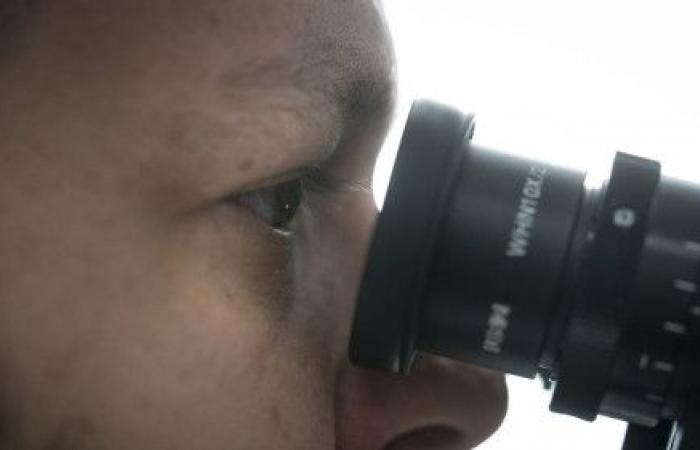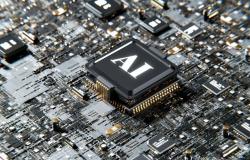Damage to cell DNA is an essential step in the onset and progression of cancer. A liquid biopsy can detect these mutations in the blood and tissues as well as provide information on the type of cancer, its degree of malignancy and, above all, its sensitivity or resistance to certain drugs.
These analyzes require specific equipment and specialized personnel, which explains why they are expensive and time-consuming, Unifr said in a press release on Thursday.
Quick and cheap solution
To solve this problem, Samet Kocabey, a researcher in Professor Curzio Rüegg’s team, designed nanosensors capable of detecting mutations in the genetic code at very low concentrations.
“These sensors then generate a fluorescent signal which can easily be processed by a flow cytometer, an instrument found in most hospitals and diagnostic laboratories,” explains Samet Kocabey, quoted in the press release. The analysis can be carried out in one day – compared to 3 to 5 days with current methods – and at lower cost.
These results, published in the journal Biosensors and Bioelectronics, simplify the detection of mutated DNA/RNA, making it accessible to a greater number of laboratories. Additionally, the new sensors can be used to detect unmutated RNA, which broadens their application to molecular biomedical research.
Ultimately, they may pave the way for the development of rapid, simple and inexpensive clinical tests for the detection of cancer mutations in tumor tissues and blood samples in more hospitals and laboratories. This discovery is the subject of a patent, notes Unifr.






